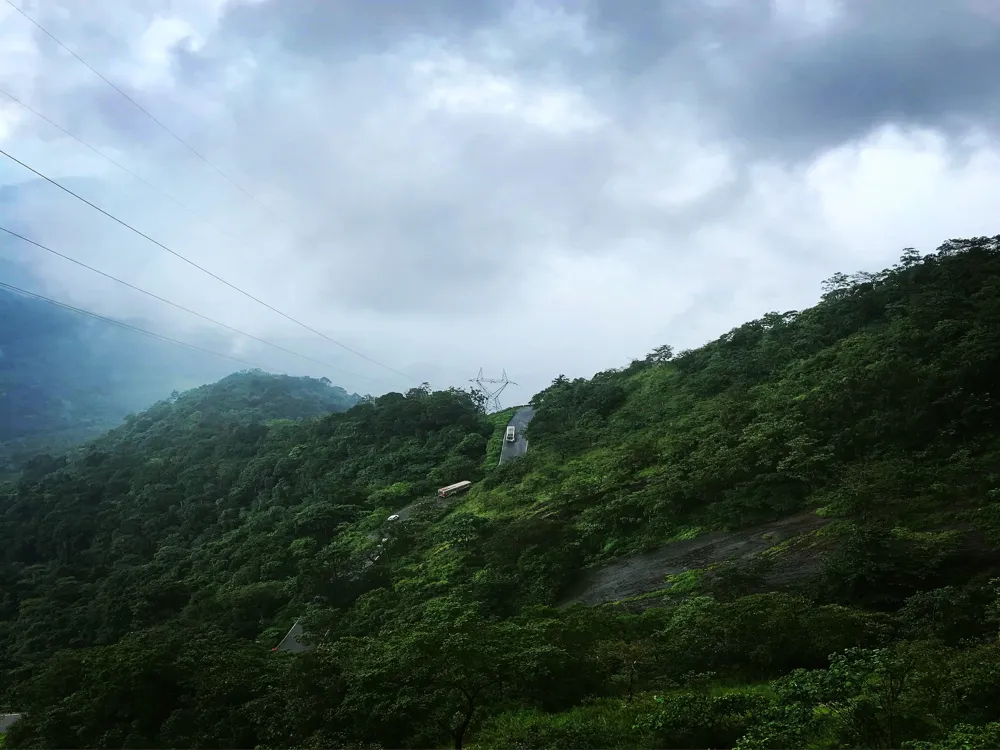Nestled in the serene landscape of Hassan, Karnataka, the Allalanatha Temple stands as a testament to the rich cultural and spiritual heritage of India. This ancient temple, dedicated to Lord Vishnu, is not just a place of worship but a symbol of the architectural brilliance and religious significance that has been preserved over centuries. The temple's history dates back to the early medieval period, making it a significant landmark for historians and devotees alike. The Allalanatha Temple is renowned for its intricate carvings, magnificent sculptures, and unique design that reflects the architectural styles of the Hoysala and Vijayanagara empires. Its tranquil ambiance is complemented by the lush greenery surrounding it, creating a perfect blend of spiritual and natural beauty. This temple not only attracts devotees from various parts of India but also lures history buffs and art lovers who come to admire its grandeur and learn about its historical significance. The temple's history is steeped in legends and folklore, adding to its mystical charm. It is said to have been visited by numerous saints and sages throughout the ages. The Allalanatha Temple also plays a vital role in the local community, being a center for various cultural and religious activities, festivals, and rituals, which are celebrated with great fervor. This temple is not just a mere structure made of stone and mortar but a living testimony to the timeless legacy of Indian spirituality and architectural prowess. The architecture of Allalanatha Temple is a fascinating subject, reflecting the ingenuity and artistic skill of ancient Indian craftsmen. Spanning over a thousand years, the temple's architecture is an amalgamation of various styles and influences, predominantly reflecting the Hoysala and Vijayanagara styles. The temple complex is a harmonious blend of intricate carvings, detailed sculptures, and well-thought-out spatial arrangements, making it a masterpiece of religious architecture. The temple's main structure is made of soapstone, a material favored by the Hoysala architects for its ease of carving and durability. The exterior walls of the temple are adorned with a plethora of sculptures depicting scenes from Hindu mythology, particularly the epics of Ramayana and Mahabharata. These carvings are not just mere decorations but narrate stories and convey moral lessons, serving as a visual guide to the scriptures for the devotees. One of the most striking features of the Allalanatha Temple is its intricate ceiling carvings. These carvings are a testament to the extraordinary craftsmanship of the artisans who built this temple. The ceilings are adorned with geometric patterns, floral designs, and figures of deities, each more elaborate than the last. The central sanctum, housing the deity of Lord Vishnu, is designed to evoke a sense of divine presence, with its subdued lighting and reverberating chants creating an atmosphere of spiritual tranquility. The temple's unique architectural feature is its use of light and shadow. The architects skillfully designed the windows and doorways to allow natural light to filter in, creating a play of light and shadow that adds to the mystical ambiance of the temple. This interplay of light not only enhances the beauty of the carvings but also symbolizes the spiritual philosophy of Hinduism, where light is seen as a metaphor for knowledge and enlightenment. Another remarkable aspect of the Allalanatha Temple's architecture is its sustainability. The temple was constructed with a deep understanding of the local climate and topography. The placement of the temple, the orientation of its structures, and the use of natural materials all contribute to its resilience and longevity, making it a fine example of sustainable ancient architecture. Visitors to the Allalanatha Temple should dress modestly, in keeping with the temple's spiritual ambiance. It is advisable to wear clothes that cover the shoulders and knees. Traditional Indian attire is welcomed but not mandatory. The Allalanatha Temple is a place of great religious significance. Visitors should respect the customs and traditions of the temple. This includes removing shoes before entering the temple premises, not taking photographs in restricted areas, and maintaining a quiet demeanor within the temple. The temple often hosts various festivals and religious events. Checking the festival calendar before planning your visit can provide an opportunity to witness these vibrant celebrations. However, be prepared for larger crowds during these times. Consider taking a guided tour to enhance your experience. Knowledgeable guides can provide in-depth information about the temple's history, architecture, and the significance of the sculptures and carvings. When interacting with locals or temple priests, it is polite to greet them with a gentle nod or a traditional Indian 'Namaste'. Showing respect and humility is greatly appreciated in the temple's serene environment. Reaching the Allalanatha Temple in Hassan is convenient, as the town is well-connected by road and rail. The nearest airport is in Bengaluru, which is approximately 180 kilometers away. From Bengaluru, visitors can opt for buses, taxis, or trains to reach Hassan. Within Hassan, the temple is easily accessible by local transportation such as auto-rickshaws and taxis. For those driving, the temple is well-signposted and has ample parking facilities. Read More:Overview of Allalanatha Temple, Hassan, Karnataka
Architecture of Allalanatha Temple
Tips When Visiting Allalanatha Temple
Dress Appropriately
Respect the Customs
Check for Festival Dates
Guided Tours
Local Etiquette
How To Reach Allalanatha Temple
Allalanatha Temple
Hassan
Karnataka
NaN onwards
View hassan Packages
Hassan Travel Packages
View All Packages For Hassan
Top Hotel Collections for Hassan

Private Pool

Luxury Hotels

5-Star Hotels

Pet Friendly
Top Hotels Near Hassan
Other Top Ranking Places In Hassan
View All Places To Visit In hassan
View hassan Packages
Hassan Travel Packages
View All Packages For Hassan
Top Hotel Collections for Hassan

Private Pool

Luxury Hotels

5-Star Hotels

Pet Friendly






















